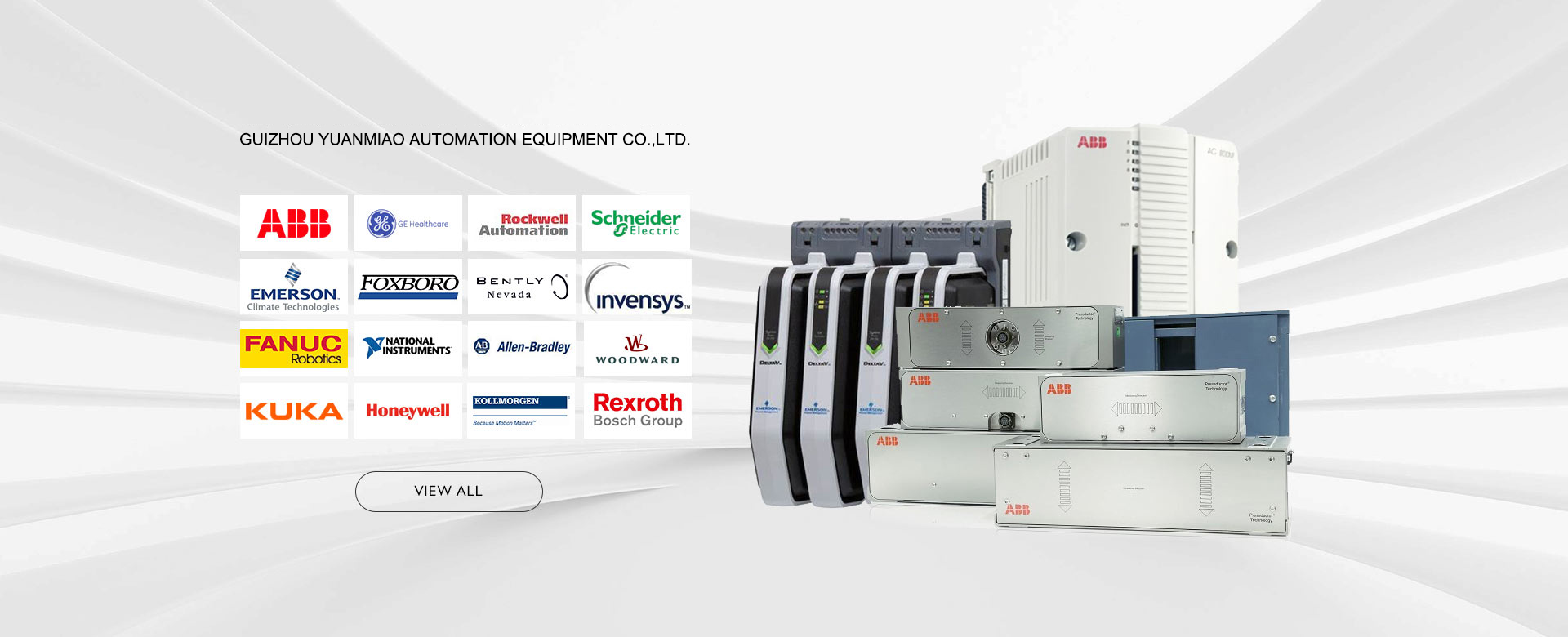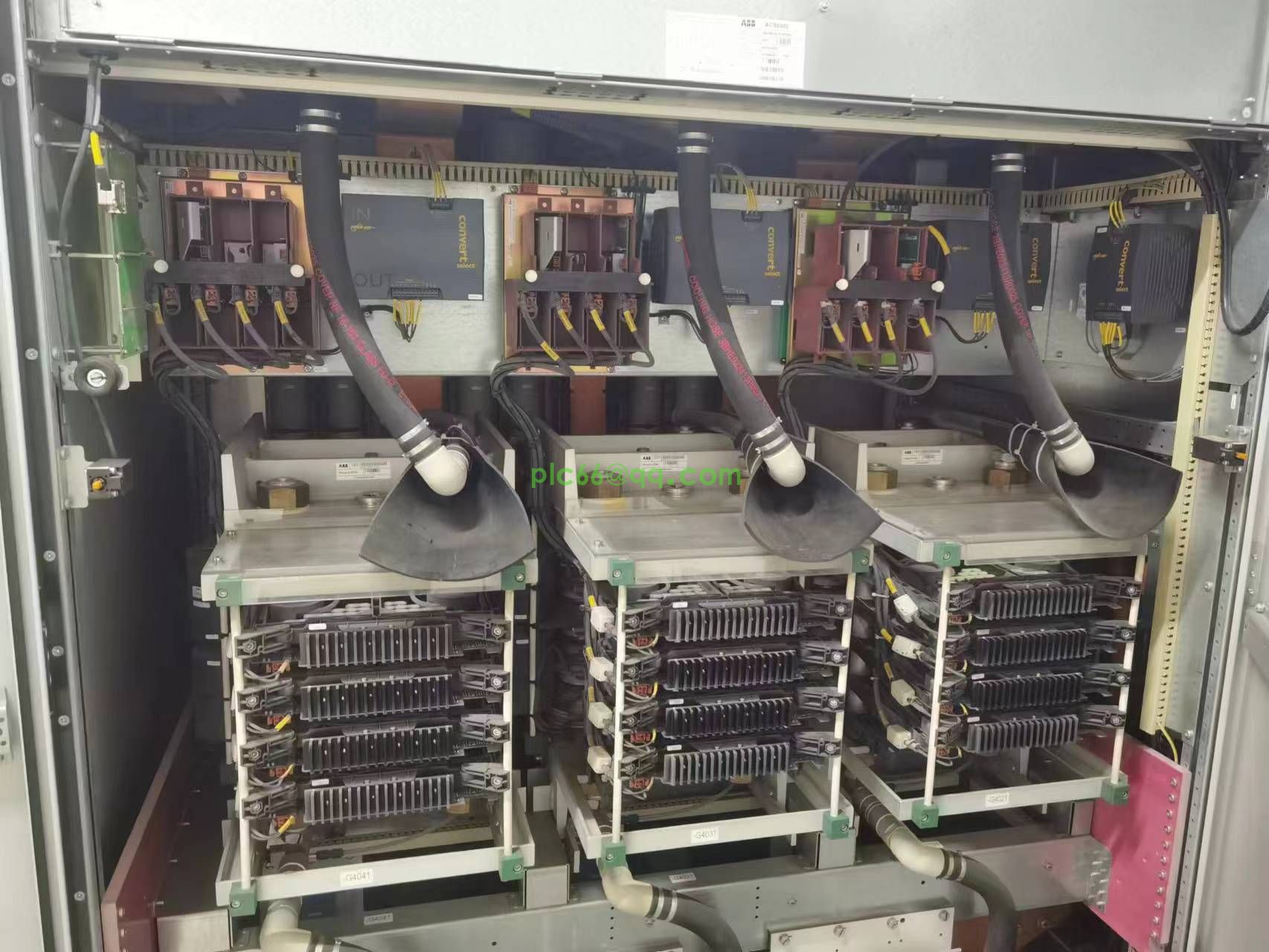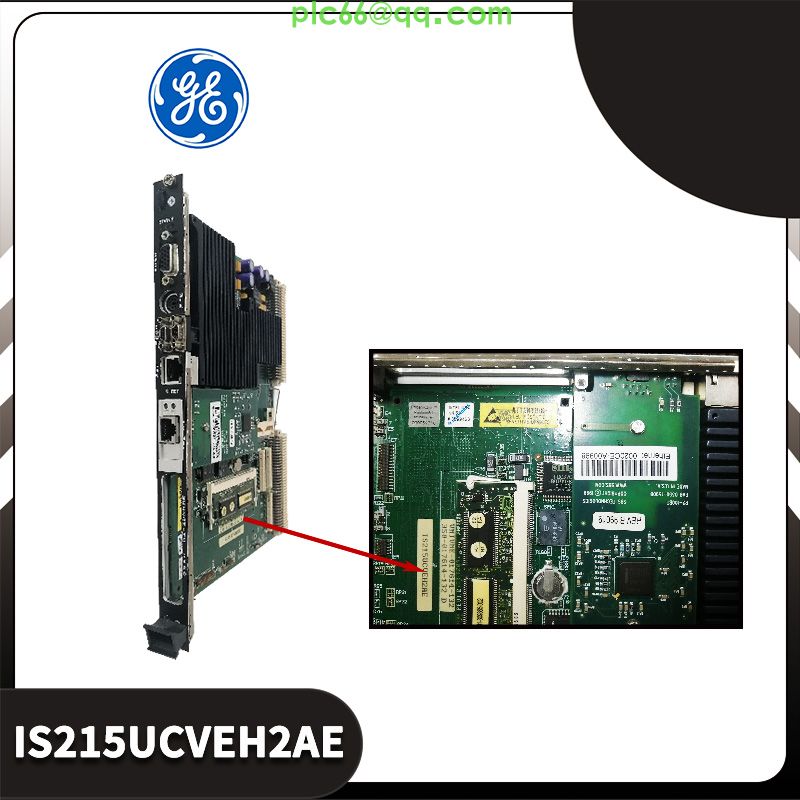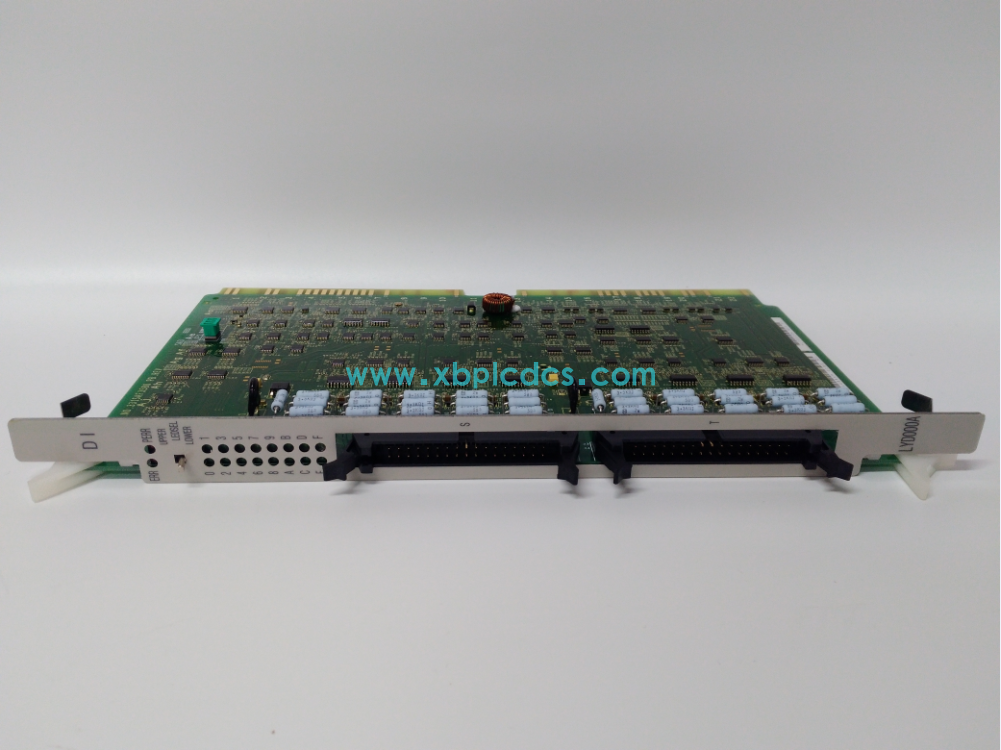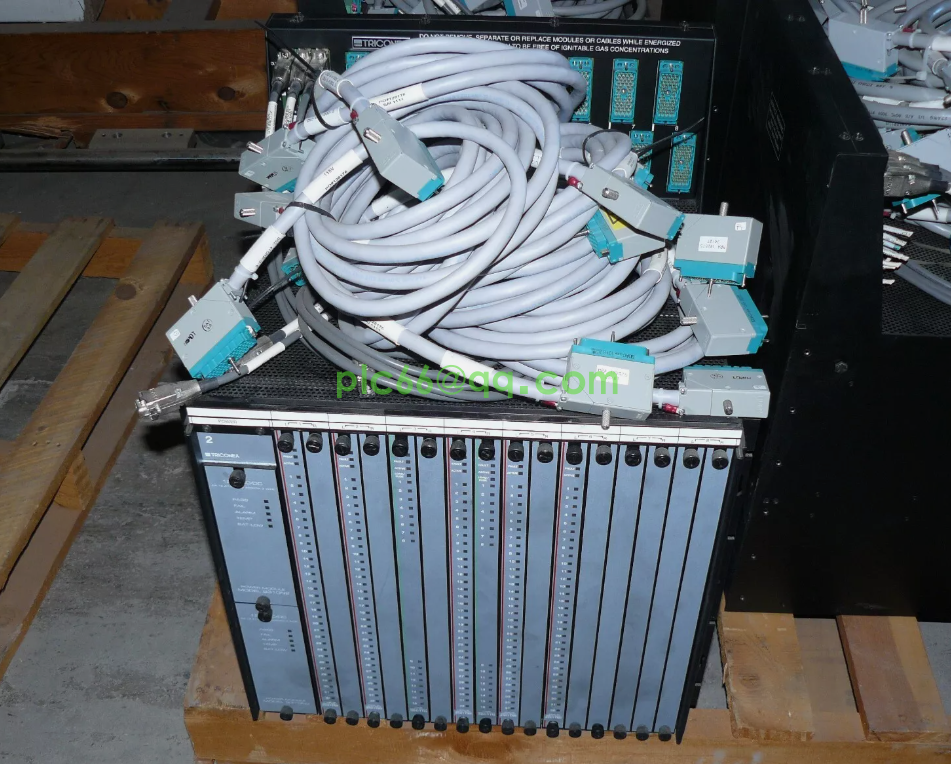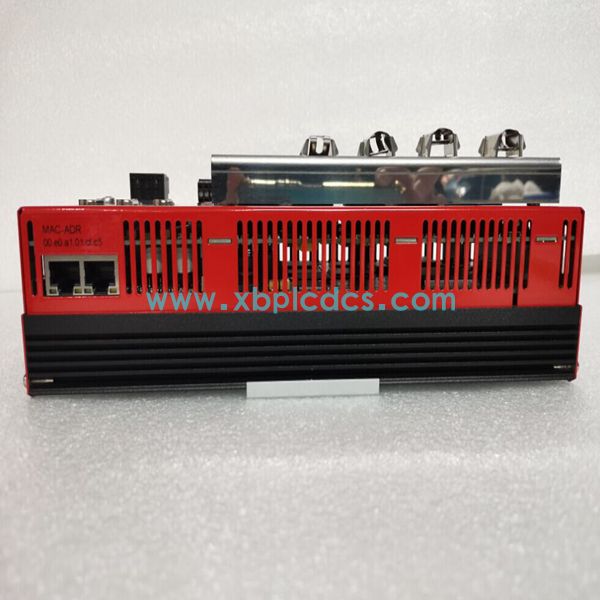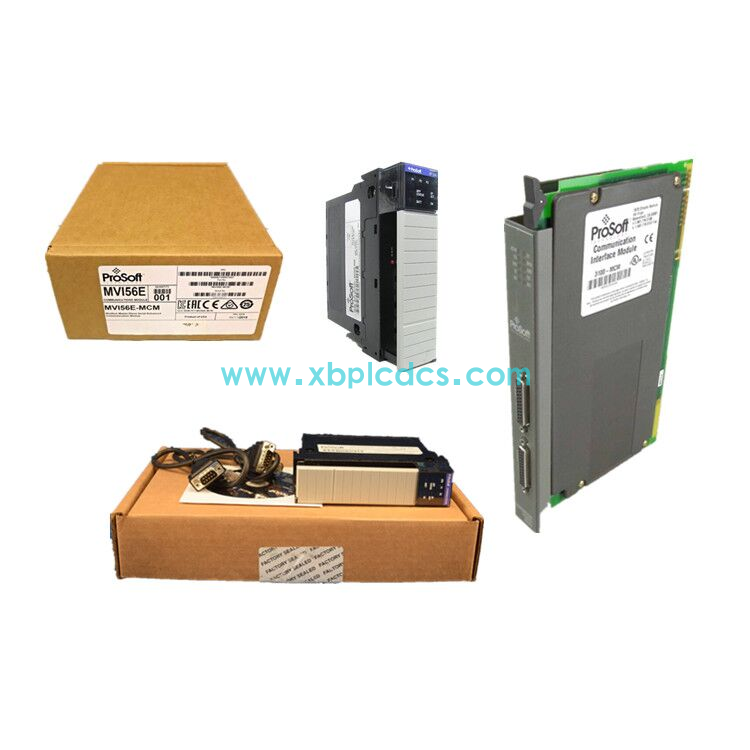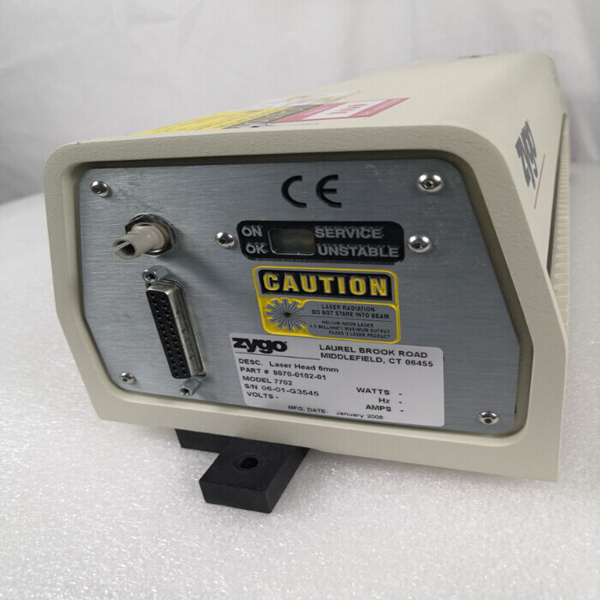Featured
Contact Us
Contact: YMGK Industrial Control
Phone: +86 18059884790
E-mail: plc66@qq.com
Add: whatsapp+86 18059884790
- Warehouse: Spot
- Warranty: 365 days
- Quality: Original module
- Condition: New / Used
- Shipping method: Courier delivery
- Contact person: Linda
- Contact number: +86 18059884790
- WeChat:18059884790
- E-mail: plc66@qq.com
PS6000 HITACHI control module
PS6000 HITACHI control module
PLC control system is mainly composed of input part, CPU, sampling part, output control and communication part, as shown in Figure 1. The input part includes control panel and input template; The sampling part includes sampling control template, AD conversion template and sensor. As the core of the system, CPU receives data, processes data and outputs control signals. The output part of some systems use DA template, the output signal is converted into analog signal, through the power amplifier drive actuator; Most systems directly send the output signal to the output template, which drives the actuator to work. The communication part consists of a communication template and a host unit.
Because PLC itself has very little possibility of failure, the system failure mainly comes from the peripheral components, so its failure can be divided into the following types:
(1) Input fault, that is, the operator's operation error;
■ Sensor failure;
■ Actuator failure;
■PLC software is faulty
These faults can be analyzed by proper fault diagnosis method and monitored in real time by software, so as to forecast and deal with faults.
Fault diagnosis method of PLC control system
Macro diagnosis of PLC control system fault
The macro fault diagnosis is to determine the fault location and cause according to the experience and the fault environment and phenomenon. The macro fault diagnosis method of PLC control system is as follows:
■ Whether the fault is caused by improper use. If it belongs to this kind of fault, the type and location of the fault can be determined preliminarily according to the use situation. Common misuses include power supply faults, terminal connection faults, template installation faults, and onsite operation faults.
■ If it is not a service fault, it may be an accidental fault or a fault caused by the system running for a long time. For this kind of fault according to the PLC fault distribution, check and judge the fault in turn. First check whether the sensors, detection switches, actuators and loads connected to the actual process are faulty: then check whether the PLC's I/O template is faulty: finally check whether the PLC's CPU is faulty.
■ When checking the faults of the PLC, refer to the indicators on the CPU and power templates of the PLC.
■ If the fault location and cause are not found by taking the above steps, the system design may be wrong. At this time, the system design should be re-checked, including hardware design and software design.
Fault self-diagnosis of PLC control system
Fault self-diagnosis is an important aspect of system maintainability design and an important problem that must be considered to improve system reliability. Self-diagnosis mainly uses the software method to determine the fault parts and causes. The content of self-diagnosis varies among control systems. PLC has a strong self-diagnosis ability, when the PLC has its own failure or peripheral equipment failure, can be used on the PLC has the diagnostic indicator function of light emitting diode light, off to find.
www.xbplcdcs.com


